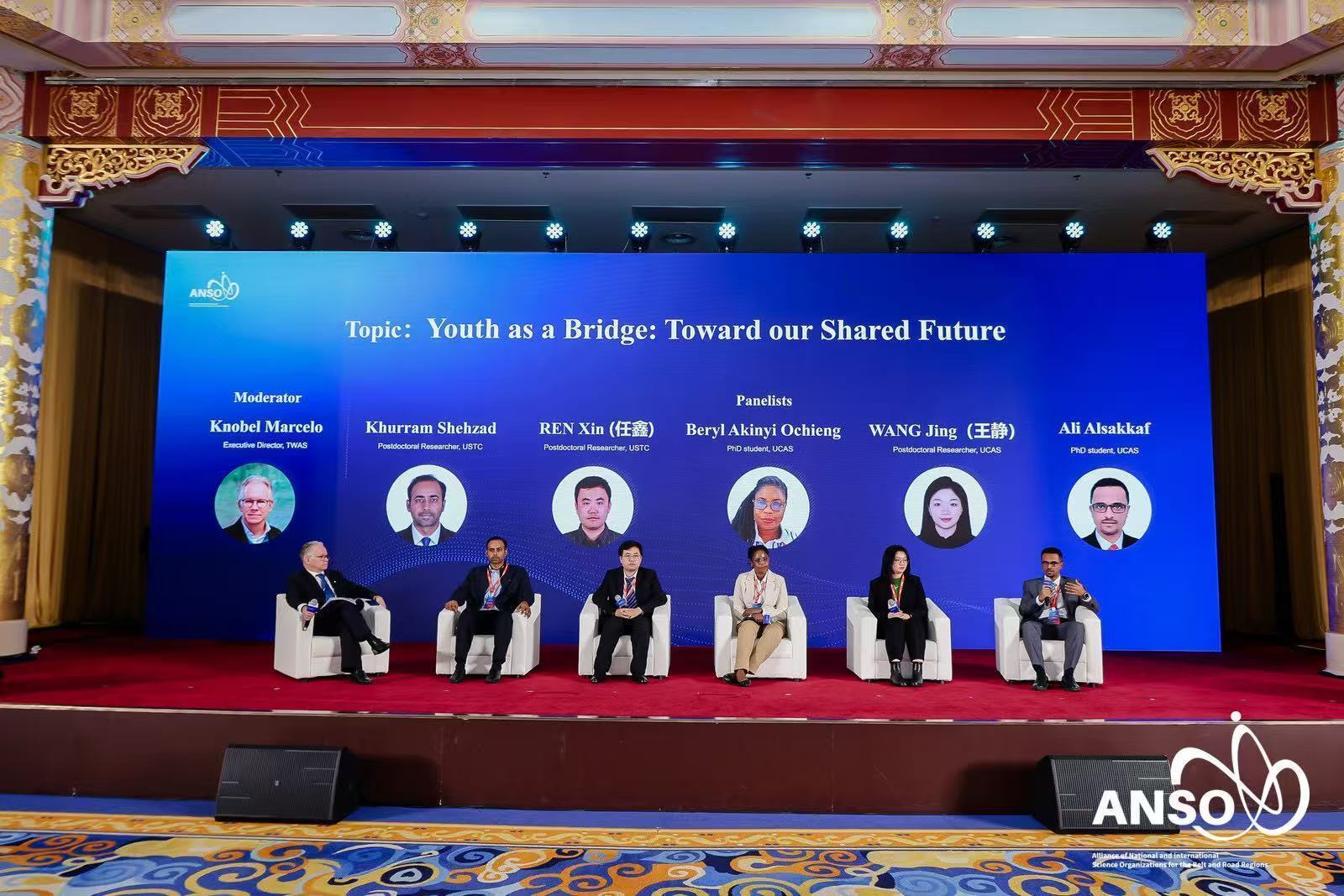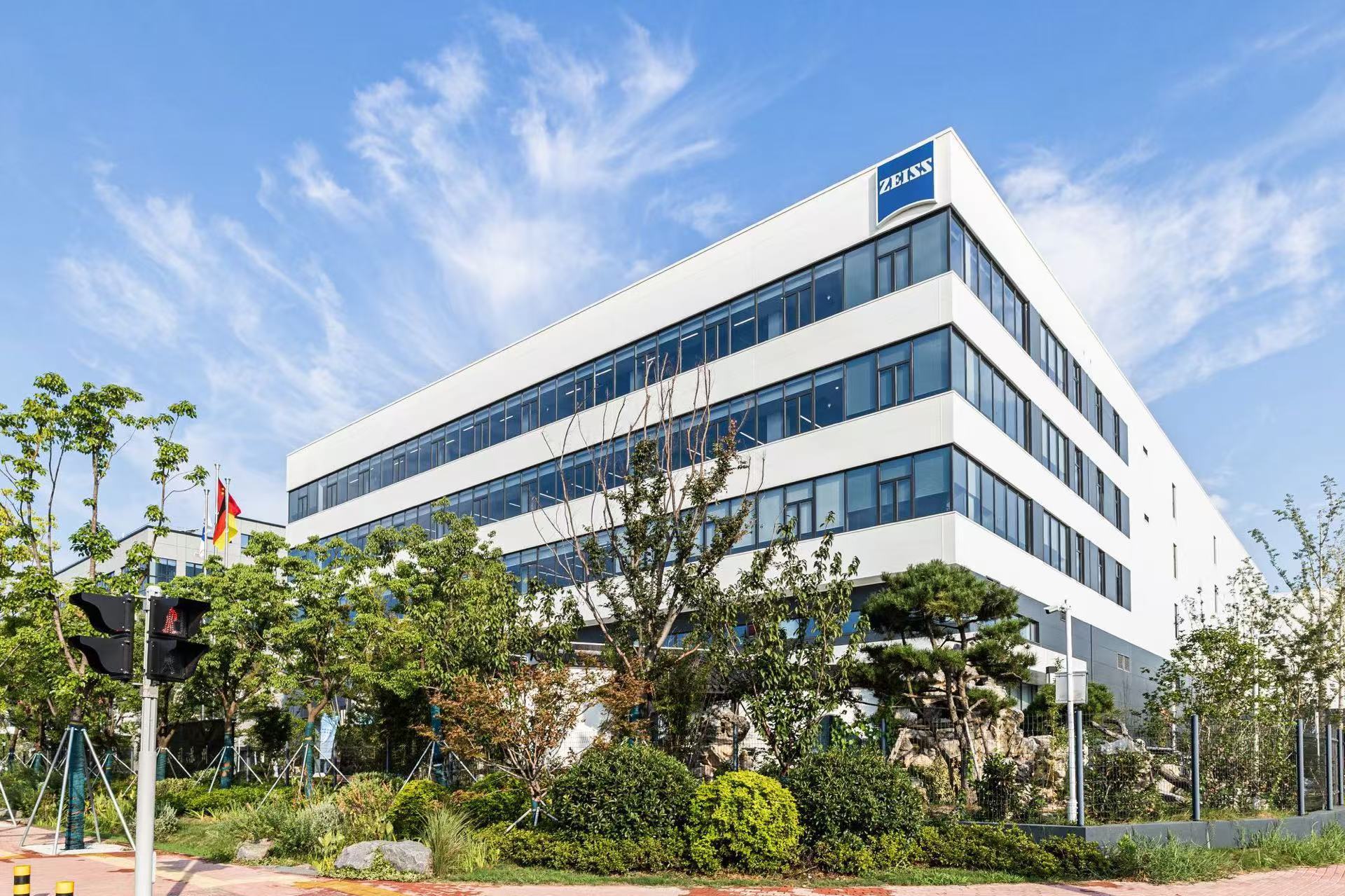China Is Leading Science Beyond Borders

"No country can be great without great science. This is clearly the case with China." With these words, Norwegian biologist Nils Christian Stenseth, speaking as ANSO Science Ambassador, president of the International Society of Zoological Sciences, and a foreign member of the Chinese Academy of Sciences (CAS), captured the spirit of the 2025 General Conference of Alliance of National and International Science Organizations for the Belt and Road Regions (ANSO).
As scientists from around the world gathered in Beijing, a shared recognition emerged: China is no longer just a participant in global science. It is helping to shape its future.
Through sustained investment in research infrastructure, open data initiatives, cross-border partnerships and talent cultivation, China is playing an increasingly pivotal role in addressing planetary challenges, from climate change to sustainable development.
At the same time, it is building a new generation of globally connected researchers who are using science not just to publish papers, but to serve communities and transform societies.
Rising power in global scientific collaboration
Stenseth spoke with deep admiration about China's scientific transformation since his first visit in 1982. He highlighted China's leadership in the Third Pole Environment program, an international effort to study the interconnected systems of water, ice, air, ecology and human activity across the Tibetan Plateau and beyond. Linking this region with the Arctic and Antarctic is essential for understanding global climate dynamics, he said.
His own collaborative research with Chinese scientists has shown how climate warming affects northern and southern China in different ways. These findings were made possible only through sustained Sino-Norwegian cooperation.
Gretchen Kalonji, special advisor to the International Research Center of Big Data for Sustainable Development Goals (CBAS) and former assistant director general for Natural Sciences at UNESCO, echoed this view. Kalonji told the ANSO conference that she credited decades of strategic investment by China and the CAS in Earth observation and big data infrastructure as foundational to CBAS's success. The center operates on the principle of open science, sharing all data freely with researchers worldwide and setting a benchmark for equitable global cooperation.
Kalonji also praised the ANSO Disaster Risk Reduction (DRR) project between China and Pakistan, which strengthens resilience along the Belt and Road route. She called the Belt and Road Initiative "a fantastic contribution of China" to the world, noting that multilateral platforms like the Shanghai Cooperation Organization, are increasingly vital for science-driven development.
One of the most ambitious efforts she highlighted is a joint engineering capacity-building program between the China Association for Science and Technology and the World Federation of Engineering Organizations. It aims to train 100,000 engineers and establish five international engineering centers co-led by Chinese and African institutions. The global hub will be based at Tongji University in Shanghai.
Hub for the next generation of researchers
This vision of empowering talent across borders came vividly to life during a panel discussion titled "Youth as a Bridge: Toward Our Shared Future" at ANSO General Conference 2025. Young researchers from Pakistan, Yemen, Kenya and beyond shared how their experiences studying in, or with support from China, were transforming both their careers and their home communities.
Pakistani Khurram Shehzad described the leap in research capability he experienced at the University of Science and Technology of China (USTC). "Back home, getting an XRD or SEM analysis could take months. At USTC, I could complete these within one or two weeks." This efficiency allowed him to focus on developing new materials for wastewater treatment.
Meanwhile, Ali Alsakkaf from Yemen used China's supercomputing resources and mentorship from Chinese scientists to build a national weather prediction model. The tool is now used daily in Yemen. "This wouldn't have been possible without China's support," he said.
For many young scientists, the goal is no longer just to publish papers but to influence policy and improve lives. At the ANSO conference Beryl Akinyi Ochieng, an environmental scientist from Kenya, recalled a defining moment during her fieldwork near Lake Victoria. A community member asked, "What happens after your research?" That question pushed her to engage with policymakers. Today, she advises the United Nations Development Programme on Environmental Governance.
She credited ANSO not only for funding her PhD but for enabling her to think beyond academia. "The platform allowed me to focus on how my work can serve society." She urged more support for researchers from the Global South to lead studies in their own regions. "We understand the local challenges best. When we lead, the outcomes are more relevant."







